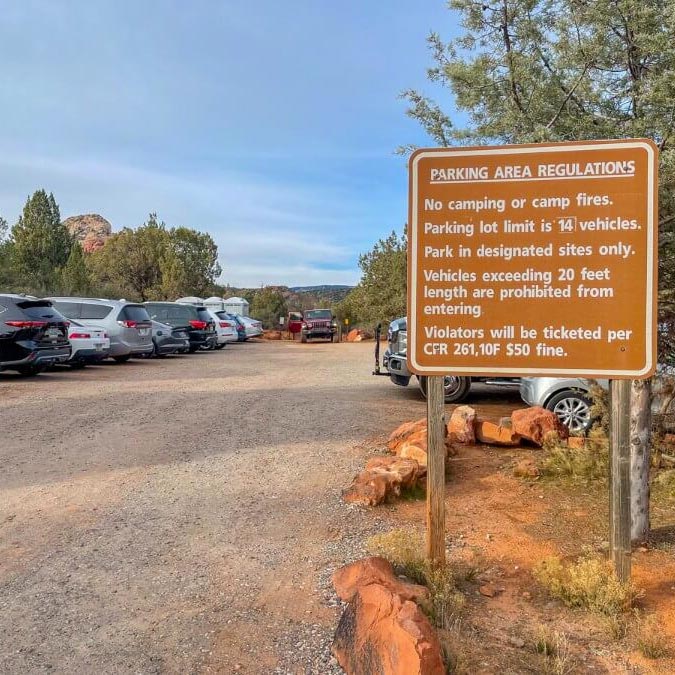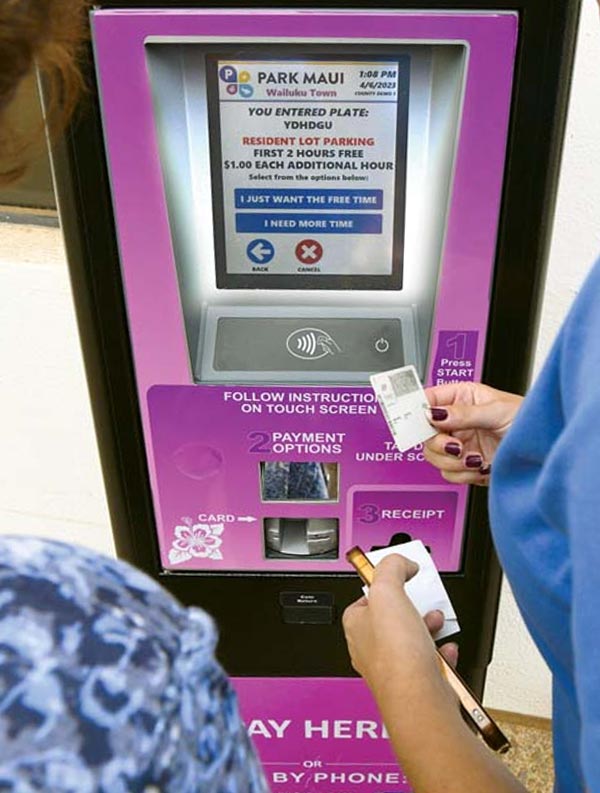 The ever-increasing popularity of Sedona, Arizona, as a tourist destination, has had undeniable impacts on the quality of life for the city’s residents. With traffic congestion, limited parking availability, and overcrowded trails, many locals feel that the benefits of living in Sedona have been overshadowed by the challenges posed by tourism. Looking to Maui, Hawaii, as an example, Sedona could learn from the strategies implemented to prioritize residents’ needs and preserve their quality of life.
The ever-increasing popularity of Sedona, Arizona, as a tourist destination, has had undeniable impacts on the quality of life for the city’s residents. With traffic congestion, limited parking availability, and overcrowded trails, many locals feel that the benefits of living in Sedona have been overshadowed by the challenges posed by tourism. Looking to Maui, Hawaii, as an example, Sedona could learn from the strategies implemented to prioritize residents’ needs and preserve their quality of life.
Maui, another popular tourist destination, has faced similar challenges due to its immense visitor influx. In response, the local government and communities implemented dedicated parking spaces for residents of Maui in popular areas and trailheads, ensuring that they can enjoy the natural beauty of their island without the stress of competing with tourists for parking.
A longtime Sedona resident, Ellen Parker, expressed her frustration with the current parking situation, saying, “As locals, we cherish the natural beauty that surrounds us, but it has become increasingly difficult to enjoy our own backyard. It’s disheartening to see parking lots filled with out-of-state license plates while we struggle to find a spot.”
By implementing dedicated resident parking in Sedona, similar to Maui’s approach, the city could address one of the key concerns voiced by its residents. John Kealoha, a Maui resident, shared his perspective on their reserved parking system’s positive impacts: “Having dedicated parking for locals has made a significant difference in our lives. It allows us to enjoy our favorite beaches, parks, and trails without worrying about parking availability. We appreciate that our needs as residents are being considered alongside those of visitors.”
- Improved Quality of Life: Dedicated resident parking in Sedona would alleviate the stress and frustration that locals face when competing with tourists for limited parking spaces. This would contribute to an overall better quality of life for residents.
- Access to Natural Beauty: Sedona residents should be able to enjoy the city’s stunning natural landscapes and attractions without being deterred by limited parking availability. Reserved parking would help facilitate better access to these recreational areas.
- Support for Local Businesses: By providing dedicated parking for residents, the city would encourage locals to visit and support nearby businesses more frequently, promoting a stronger sense of community and bolstering the local economy.
- Preservation of Community Identity: Ensuring residents can easily access popular locations would help maintain Sedona’s unique community identity and prevent the city from becoming overly commercialized or solely focused on catering to tourists.
- Balancing Tourism and Resident Needs: Implementing reserved parking for residents would demonstrate that Sedona is committed to finding a balance between accommodating the needs of tourists and prioritizing the well-being of its local community.
- Reducing Traffic Congestion: Designating specific parking areas for residents could help alleviate traffic congestion in popular areas, making it easier for both locals and tourists to navigate the city.
- Fostering Civic Pride: Ensuring residents have easy access to the city’s landmarks and natural wonders would contribute to a greater sense of pride and attachment to the community.
- Enhancing City Reputation: By addressing the parking concerns of its residents, Sedona would improve its reputation as a city that listens to and values its community members, which could attract new residents and businesses in the long run.
 The call for dedicated resident parking spaces in Sedona is not about excluding tourists but rather about striking a balance between the local community’s needs and the demands of the tourism industry. Mayor Scott Jablow, who has been actively working to manage the impact of tourism on the city, acknowledged the concerns of residents, stating, “We need to have an eye for our residents. We need to have an understanding from our residents and businesses alike for a workable experience.”
The call for dedicated resident parking spaces in Sedona is not about excluding tourists but rather about striking a balance between the local community’s needs and the demands of the tourism industry. Mayor Scott Jablow, who has been actively working to manage the impact of tourism on the city, acknowledged the concerns of residents, stating, “We need to have an eye for our residents. We need to have an understanding from our residents and businesses alike for a workable experience.”
While the implementation of the Passport Parking app in Sedona has made it more convenient for both tourists and residents to pay for parking, it does not currently offer any specific benefits exclusive to residents. The app streamlines the parking payment process, allowing users to extend their parking time remotely and receive notifications when their parking session is about to expire. However, the lack of any distinct advantage for Sedona’s residents, such as discounted rates or reserved parking spaces, means that locals continue to face challenges in finding parking and competing with tourists for limited spots. Addressing these concerns and incorporating resident-focused features in the app could help improve the overall parking experience for Sedona’s local community.
One viable solution to address the parking challenges faced by Sedona residents could be to initiate a land exchange with the Forest Service. By swapping parcels of land, the city could strategically designate areas for new parking lots reserved exclusively for residents. This approach would ensure that locals have improved access to popular trailheads and recreational areas while reducing parking congestion in the city’s busiest spots. Additionally, a carefully planned land exchange could help preserve Sedona’s natural beauty and promote responsible land use, ultimately benefiting both residents and visitors while maintaining the city’s unique charm and appeal.
Creating dedicated parking spaces for residents in popular areas and trailheads could be a critical step towards ensuring that locals can fully enjoy the beauty of their city. It would convey that Sedona values its residents and is committed to preserving their quality of life, even amidst tourism pressures.
Linda Martinez, a small business owner in Sedona, echoed this sentiment, “As someone who has lived and worked in Sedona for years, I believe it’s essential for us to strike the right balance between welcoming visitors and prioritizing the well-being of our community. Offering dedicated parking for residents would be a great start in addressing the concerns of locals and showing that we matter too.”
Drawing inspiration from Maui’s approach, Sedona has the opportunity to create a more balanced and sustainable model for tourism and local life. Prioritizing the needs of residents, such as implementing dedicated parking spaces, can help restore the benefits of living in this picturesque city, ensuring that both locals and tourists alike can continue to enjoy the unique beauty and culture of Sedona.
